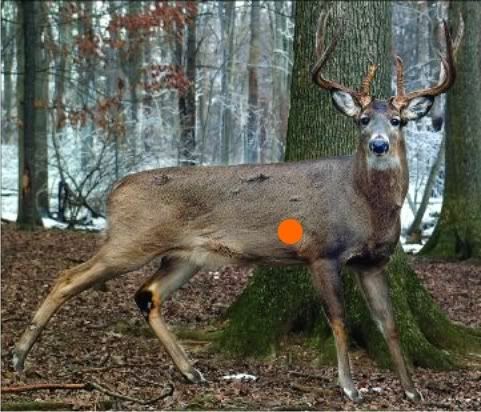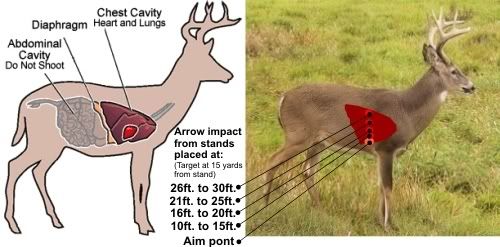© By Othmar Vohringer
When we think of whitetail deer habitat we think of lush river bottoms, hardwood ridges or farm lands, and yes these are prime whitetail deer areas. When I arrived in the southern interior of British Columbia with its rolling hills and open ranch grass lands I thought of mule deer, black bears, cougars and perhaps populations of grouse in the scattered aspen and brush pockets.Anything but whitetail country but yet they are there too, not in the numbers you typically would see elsewhere… but they are there and the numbers are growing each year. Whitetail deer are adaptable to almost any terrain between the swamps of Florida and the alpines of northern British Columbia. It is this adaptability that makes the whitetail deer one of the most successful wildlife species in North America.
The southern interior of British Columbia is well known for its good population of trophy sized mule deer bucks and attracts hunters from all over the province. Over the last few years we also see more and bigger whitetail deer bucks been taken. Just last week, while sitting in Tim Hortons with my wife a truck drove onto the parking lot with a massive whitetail deer in the pack that the hunter shot just outside Merritt.
It takes a special strategy to hunt these whitetails here. Forget treestands, ground blinds or sitting on deer trails. Here we hunt whitetails like mule deer, glassing the distant slopes, ridges and edges of aspen pockets. If a buck is spotted we try to stalk close enough for a shot. I say “try” because unlike the more docile mule deer the whitetails ever vigilant nature makes stalking in open country much more difficult. Unlike mule deer a whitetail will not stick around for a while or only jog a little distance before they stop and look back at you. (This often can be their downfall as it provides a hunter the opportunity to get a quick shot off.) No, if a whitetail becomes aware that it is been stalked it gets up and runs, never to be seen again.
For me it was a big learning curve to hunt whitetails any other way then from treestands or ground blinds but now that I am getting the hang of stalking them I’ve to admit, it is great fun.
Here's a link to an article I wrote for one of Canada's leading hunting magazines on how to effectively stalk whitetail deer with a bow.










